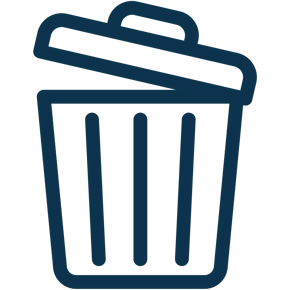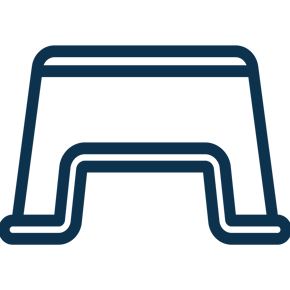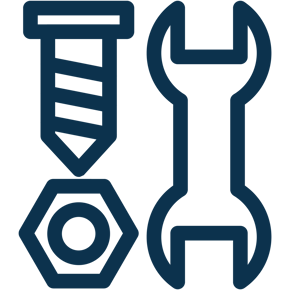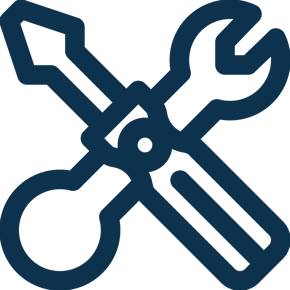Change your language and location
 Australia
Australia
 Botswana
Botswana
 Bulgaria
Bulgaria
 Canada
Canada
 Croatia
Croatia
 Czech Republic
Czech Republic
 Estonia
Estonia
 Hungary
Hungary
 Iceland
Iceland
 Italy
Italy
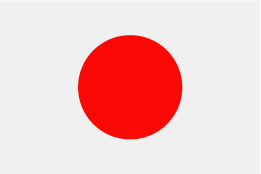 Japan
Japan
 Korea
Korea
 Latvia
Latvia
 Lithuania
Lithuania
 Mozambique
Mozambique
 Namibia
Namibia
 New Zealand
New Zealand
 Peru
Peru
 Philippines
Philippines
 Poland
Poland
 Portugal
Portugal
 Romania
Romania
 Slovakia (Slovak Republic)
Slovakia (Slovak Republic)
 Slovenia
Slovenia
 South Africa
South Africa
 Spain
Spain
 United Kingdom
United Kingdom
 United States
United States
 Zambia
Zambia
International
Change your language and location
 Australia
Australia
 Botswana
Botswana
 Bulgaria
Bulgaria
 Canada
Canada
 Croatia
Croatia
 Czech Republic
Czech Republic
 Estonia
Estonia
 Hungary
Hungary
 Iceland
Iceland
 Italy
Italy
 Japan
Japan
 Korea
Korea
 Latvia
Latvia
 Lithuania
Lithuania
 Mozambique
Mozambique
 Namibia
Namibia
 New Zealand
New Zealand
 Peru
Peru
 Philippines
Philippines
 Poland
Poland
 Portugal
Portugal
 Romania
Romania
 Slovakia (Slovak Republic)
Slovakia (Slovak Republic)
 Slovenia
Slovenia
 South Africa
South Africa
 Spain
Spain
 United Kingdom
United Kingdom
 United States
United States
 Zambia
Zambia
International
-
Kuivakäymälät
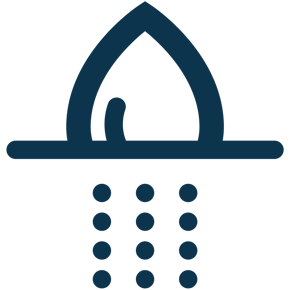 Erottelevat kuivakäymälät
Erottelevat kuivakäymälätErotteleva käymälä on siisti, hygieeninen ja helppo ratkaisu vaikka mökille. Tutustu Separettin Villa ja Tiny -tuoteperheisiin.
 Polttavat käymälät
Polttavat käymälätYksinkertaisesti kuvattuna polttava käymälä toimii kuin tavallinen uuni, mutta vain korkeammissa lämpötiloiss
 Retkikäymälät
RetkikäymälätNämä käymälät eivät vaadi kiinteää asennusta tai sähköä toimiakseen.
 Pakastavat ja muut kuivakäymälät
Pakastavat ja muut kuivakäymälätPakastava käymälä Separett Freeze käsittelee jätteen yksinkertaisella ja hajuttomalla tavalla – jäädyttämällä sen. T
- Tarvikkeet & muut tuotteet
-
Huolto & tietoa
 Usein kysytyt kysymykset
Usein kysytyt kysymyksetTäältä löydät meille useimmiten esitetyt kysymykset ja niiden vastaukset
- Inspiraatio
- Tietoa meistä
-
Haku
-
Ostoskorissasi ei ole tuotteita
-
Kuivakäymälät
-
Tarvikkeet & muut tuotteet
- Takaisin
-
Jälkikäsittely
- Takaisin
- Jätesäiliöt
- Virtsasäiliöt
- Kompostointi
-
Tarvikkeet
- Takaisin
-
Polttavat käymälät
-
Erottelevat käymälät
-
Asennustarvikkeet
- Takaisin
- Erottelevat käymälät
- Polttavat käymälät
-
Varaosat
- Takaisin
-
Polttavat käymälät
- Takaisin
- Family
- Basic
-
Poistuneet mallit
- Takaisin
- Flame 8000 1174-01
- Flame 8000 1174-02
-
Erottelevat käymälät
-
Huolto & tietoa
-
Inspiraatio
- Takaisin
-
Inspiroidu
- Takaisin
- Blogi
- Tuotekuvasto
-
Tietoa meistä
- Aloitus
- Inspiraatio
- Sanima (former X-runner)
Sanima (former X-runner)
For better health and environment with urine-separating toilets in Lima, Peru.
"Today there are 2.5 billion people in the world living with just a hole in the ground or a bucket in the closet as a toilet. It is a major problem for both their environment and their health. Many are dying, mainly children, as a result of coli bacteria for example"
- Mikael Billsund, CEO of Separett
In the slums of Peru’s dry capital Lima, efforts are being made to solve the urgent problem of lack of access to safe, reliable and dignified sanitation. "In Lima’s slums there are one and a half million people who only have a hole in the ground as a toilet. Together with the social enterprise, Sanima, we have started to install urine diverting toilets there,” Mikael Billsund explains.
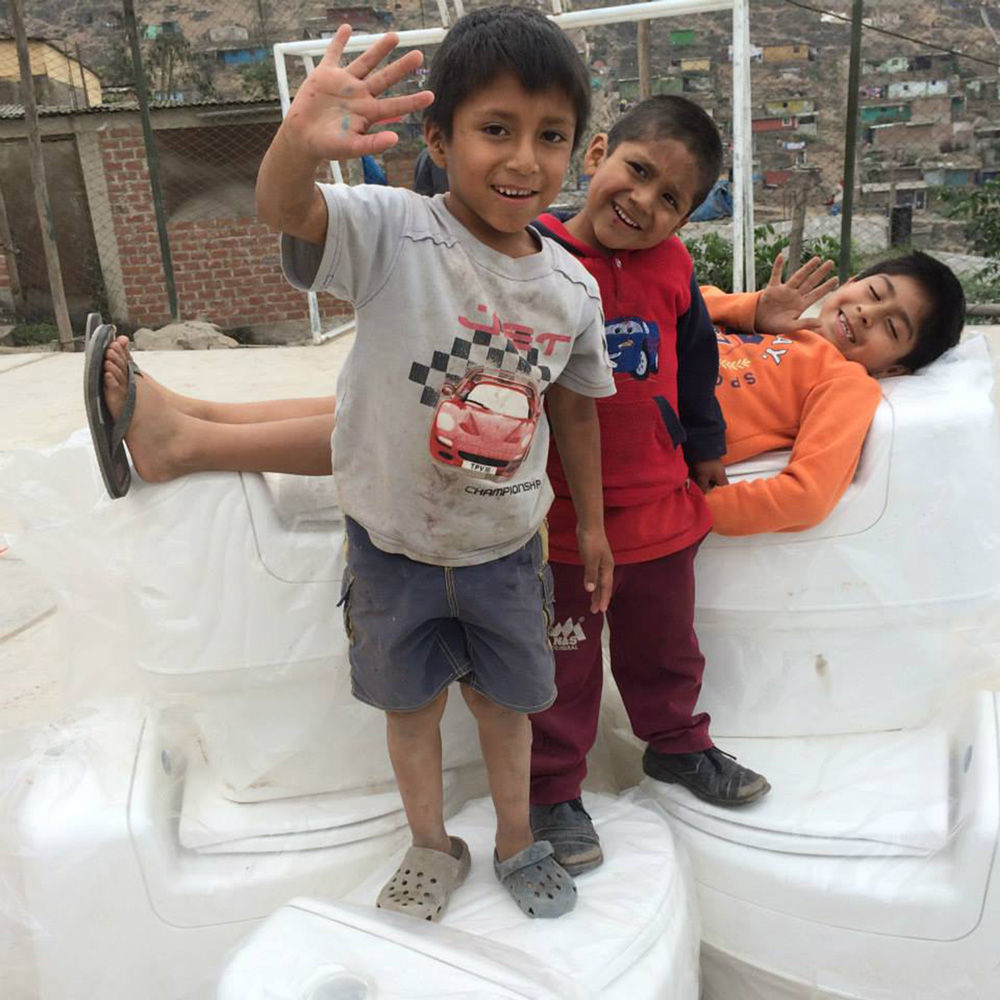 |
- Collaboration with Sanima is a non-profit project for us. It is our way of showing our commitment to the world’s population and for the most exposed and poor to be able to have better toilets and thus a more dignified way of life, Mikael Billsund explains. |
Sanima has been successfully providing its service for over five years now. The Sanima service consists of the installation of the Separett toilet, a weekly pick-up service and a safe and full-cycle management of the waste. The organisation has recently installed its 800th toilet, and is now providing over 4,000 individuals, in more than 160 communities of 3 major districts in the southern part of Lima, with a reliable and sustainable sanitation solution.
Better life with better toilets
Sanima's system improves life for its users on multiple levels. A better environment as the waste is safely removed from the households and the community. Moreover, dry toilet users save large amounts of water, which is important considering its scarcity in the area. The extensive social impact of the system is mainly related to the improvement in hygiene habits of families and the safety and privacy that the toilet brings to the household.
Sanima's system has an important impact on the health of its users. "There is less risk of falling sick from coli bacteria; there are less flies and other insects, and no one is upset by bad smells. People’s lives have been changed,” Mikael Billsund says.
Even though health impacts are difficult to measure due to external variables such as water quality and the presence of rubbish dumps, Sanima manages a set of indicators that specifically measure the transition from using a pit latrine (a hole in the ground) to having a dry toilet with a weekly pick up of the waste.
Some of the major improvements that Sanima brings to families concern the opportunity for children and pregnant women to use the toilet safely and comfortably. These variables, along with the decrease in smells and insects, have a significant impact on the levels of stress that families have to manage on a daily basis. Even though it is difficult to truly transmit the difference that the implementation of the sanitation system makes in the family´s daily lives, the testimonies of users speak for themselves.
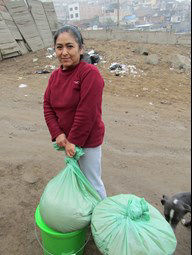
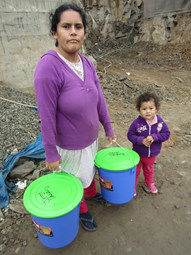
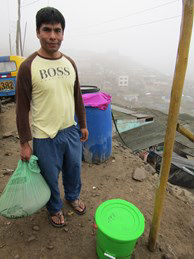
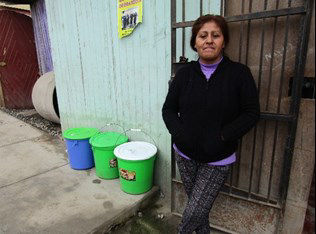
|
“There is a big difference between the pit latrine and this toilet. The pit latrine smells and makes you feel ashamed every time people come visit. The Sanima toilet is nicer and more hygienic for everyone.” - Teresa |
”My children prefer to use this toilet over the pit latrine. It is better than the previous toilet because they used to be afraid to go in there and there wasn't any light. Now they are more comfortable. The toilet doesn't attract flies like before, which was what bothered the children most of all.” - Ana |
||
|
”The toilet produces less smell and we don´t have to use any water. Before we wasted water every time we had to use the toilet.” - Henry |
”The use of the pit latrine was more difficult and it gave us infections because of the flies - Urinary infections. Many times, some girls up to four times a year. But with this toilet we no longer catch any infections.” - Gladys |
-
Read more about Sanima's work on their website: sanima.pe
Muita julkaisuja
World Water Day
And how we all can make a difference
How do our products contribute to the environment?
Clean water and sanitation are a human right. Our products are both water- and drain-free, which contributes to a healthy environment and a smaller climate impact. Together in the right direction!
Wolf Hollow
A unique off the grid camping experience 🌄
 Austria
Austria Belgium
Belgium Denmark
Denmark Finland
Finland France
France Germany
Germany Luxembourg
Luxembourg Netherlands
Netherlands Norway
Norway Sweden
Sweden Switzerland
Switzerland Åland Islands
Åland Islands

